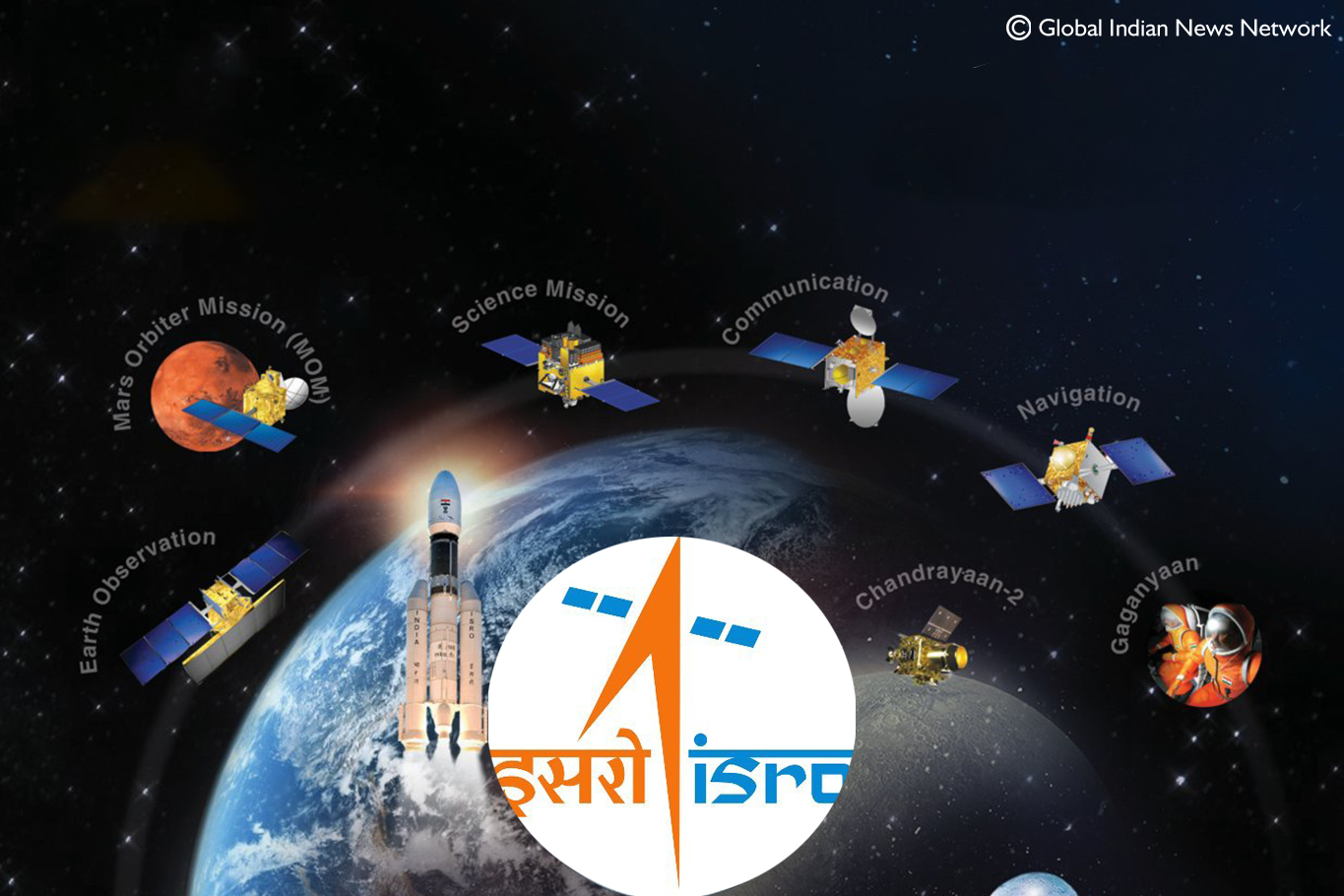 The successful launch of the Polar Satellite Launch Vehicle (PSLV) rocket carrying seven Singaporean satellites took place on July 30 from Satish Dhawan Space Centre, Sriharikota. After approximately 23 minutes, the primary satellite separated, followed by the deployment of the remaining six co-passenger satellites into their designated orbits, according to the Indian Space Research Organisation (ISRO).
The successful launch of the Polar Satellite Launch Vehicle (PSLV) rocket carrying seven Singaporean satellites took place on July 30 from Satish Dhawan Space Centre, Sriharikota. After approximately 23 minutes, the primary satellite separated, followed by the deployment of the remaining six co-passenger satellites into their designated orbits, according to the Indian Space Research Organisation (ISRO).
S Somanath, the chief of ISRO, confirmed that all seven satellites were positioned correctly in the desired orbit. This achievement marked the Indian space agency’s second significant launch in two weeks, following the Chandrayaan-3 mission to the Moon launched on July 14 from Sriharikota.
The focal point of the PSLV-C56 mission was the DS-SAR satellite, a Synthetic Aperture Radar (SAR) that generates 2D images and 3D reconstructions of objects. The DS-SAR satellite was developed through a collaboration between DSTA, representing the Government of Singapore, and ST Engineering. Its purpose is to fulfill the imagery requirements of various Singaporean government bodies and ST Engineering’s commercial clients. ISRO executed the launch under an agreement with New Space India Limited (NSIL).












